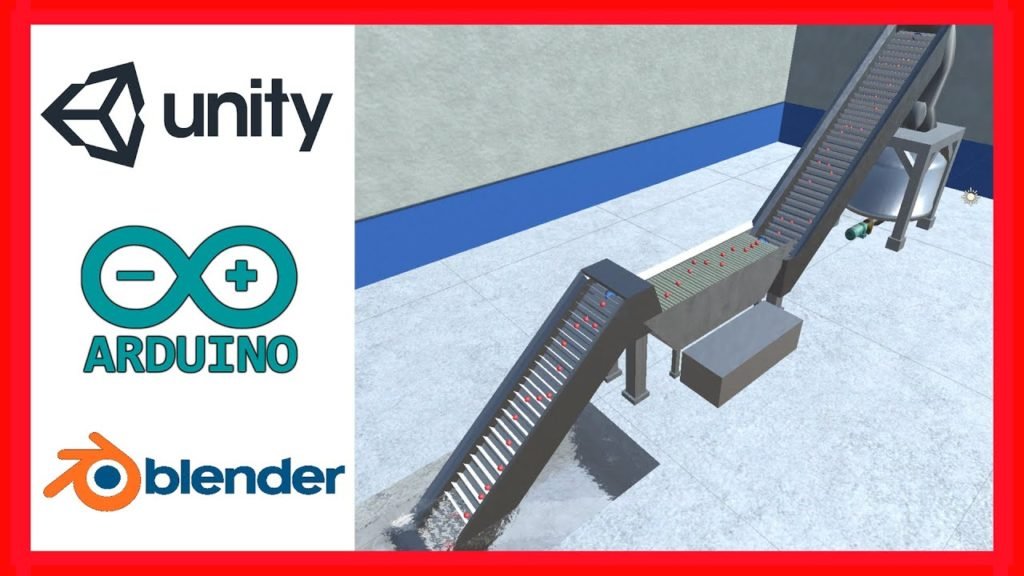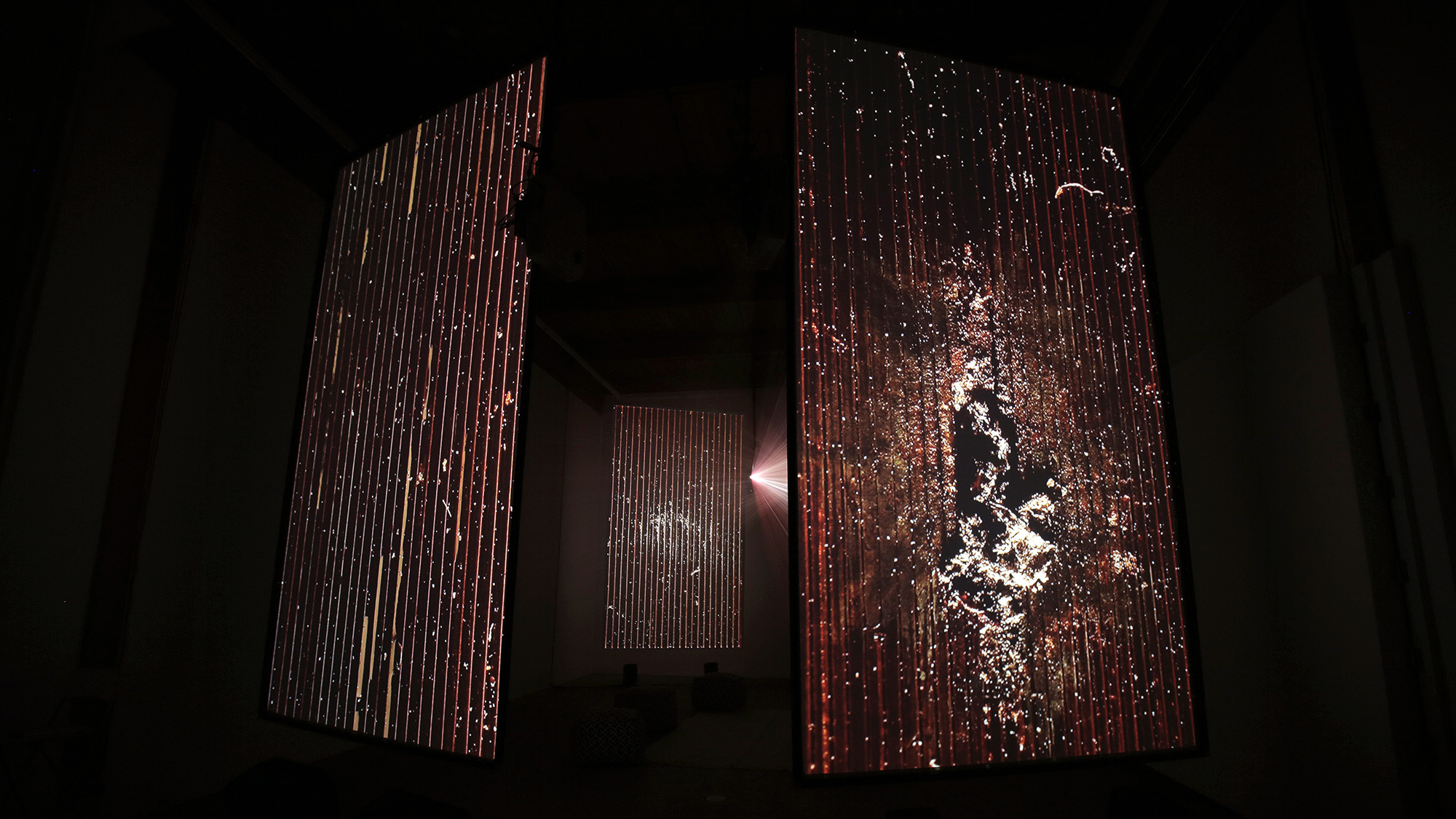Unity Arduino
Fade an LED from Unity to Arduino - Uduino Video Tutorial - YouTube Uduino is a powerful plugin that allows you to connect easily Unity and Arduino. In this tutorial, we are going to see how to. Arditycreates a thread in which it polls a COM port, all data it receives is stored in a shared thread-safe queue. Later, your Unity program must either configure a callback that is invoked each time data is available, or call ReadSerialMessagewhich dequeues.
This project send analog data collected by a joystick via serial port to unity. It is an ideal project to control third person characters or creat your own videogame control.
How it works ⚙️
01Load the next script to arduino
02 _Connect the Joystick on the Arduino UNO analog ports: horizontal axis (A0) and vertical axis (A1) _
03Setup .Net unity framework
Change the .Net 2.0 Subset with a version that include the serialPort class .Net 2.0.
04Load ArduinoSerial.cs script and datosInterfaz.cs in your scene
- Load ArduinoSerial.cs sends and receives data from the Arduino serial port COM#
- datosInterfas.cs collects the joystick info sended by the Arduino´s serial port and changes the analog values in a two dimensional movement (Attach it to the gameObject called personaje)
Unity Arduino Button
05Connect the arduino and write the COM port avalaible
As a recommendation ports between 1 and 10 works well; however, values greater than 10 cannot be readed properly by unity.
Enjoy it!

Build in 🛠️
- Unity 2017 -VideoGame editor
- Arduino - Joystick Script
Created by ✒️
- Coding : Victor Mahecha.*Inspired by the Alan Zucconi Tutorial https://www.alanzucconi.com/2015/10/07/how-to-integrate-arduino-with-unity/
A Unity Program that takes various Arduino input via Serial
Unity version: 2019.3.0f6
Description
I had worked on this over last spring break after I noticed C# has support for making connections via serial the same way an Arduino does, with the intention of getting an Arduino Uno to communicate with Unity for some fun. However, I never got around to cleaning up any of the code or writing detailed instructions so I never posted it anywhere. But I figure there is probably someone weird like me who finds this interesting. Now fair warning I haven’t taken any networking classes (and thats totally the excuse I’m using for why I left the joystick and US sensor code so janky) so if you have any improvement ideas feel free to take it and play with it however you want, or send me improvements!


If you want to try it out and are confused as to how I cobbled it together let me know, but here is some necessary instructions:
Arduino code is in Arduino folder all the code includes a wiring diagram (none are large circuits)Unity project contains several scenes. Intro scene will take you to the different scenes, or you can just launch whichever scene you wantYou will need to edit each of the unity scripts to change the com port your Arduino is hooked up toIf Arduino is hooked up right, and unity is running with no errors you should be connected and able to interact
Button.ino / Button Scene
Button:

This ones an output from the Arduino to Unity. Its simple and straight forward, the Arduino sends a simple packet to Unity and Unity reads it in and changes the color of the block. The color change is random but seemingly instantaneous.
Read_LED.ino / LEDlights Scene
LEDLights:
This one is an output from Unity to the Arduino. It is also simple and straight forward, When a user selects a button that button sends a unique value to the Arduino that corresponds to that colors pin-out. The Arduino reads it and then toggles the correct pin (the last menu option turns them all off).
Read_VertSpeed.ino / VertSpeed Scene
VertSpeed:
This ones an output from Unity to the Arduino. Unity sends the blocks velocity to the Arduino via serial, and the Arduino takes that packet and maps it to the range of motion for this vertical speed display. You’ll notice as the block reaches its highest point the VertSpeed display reads zero, and you can just catch when it hits the ground it snaps back to zero as well. The space bar adds +10 to its upward velocity. This display is just a small servo (the one that usually comes in Arduino kits) inside a 3D printed display. The Arduino code is specifically calibrated for this display and the range of motion can be edited.
Joystick And USsensor:
These are very broken, They’ll work for a couple seconds then lag very far behind. I think its due to me spamming the serial with data, but I’ve never gotten around to fixing them. But basically both are outputs from the Arduino to Unity. They will move the blocks around for a little bit but then quickly fall apart. Feel free to fix these!
Joystick.ino / Joystick Scene
Unity Arduino Projects
Joystick code needs a lot of work as the deadzone seems large and it has a tendincy to only move along one axis at a time.
USsensor.ino / USsensor Scene
